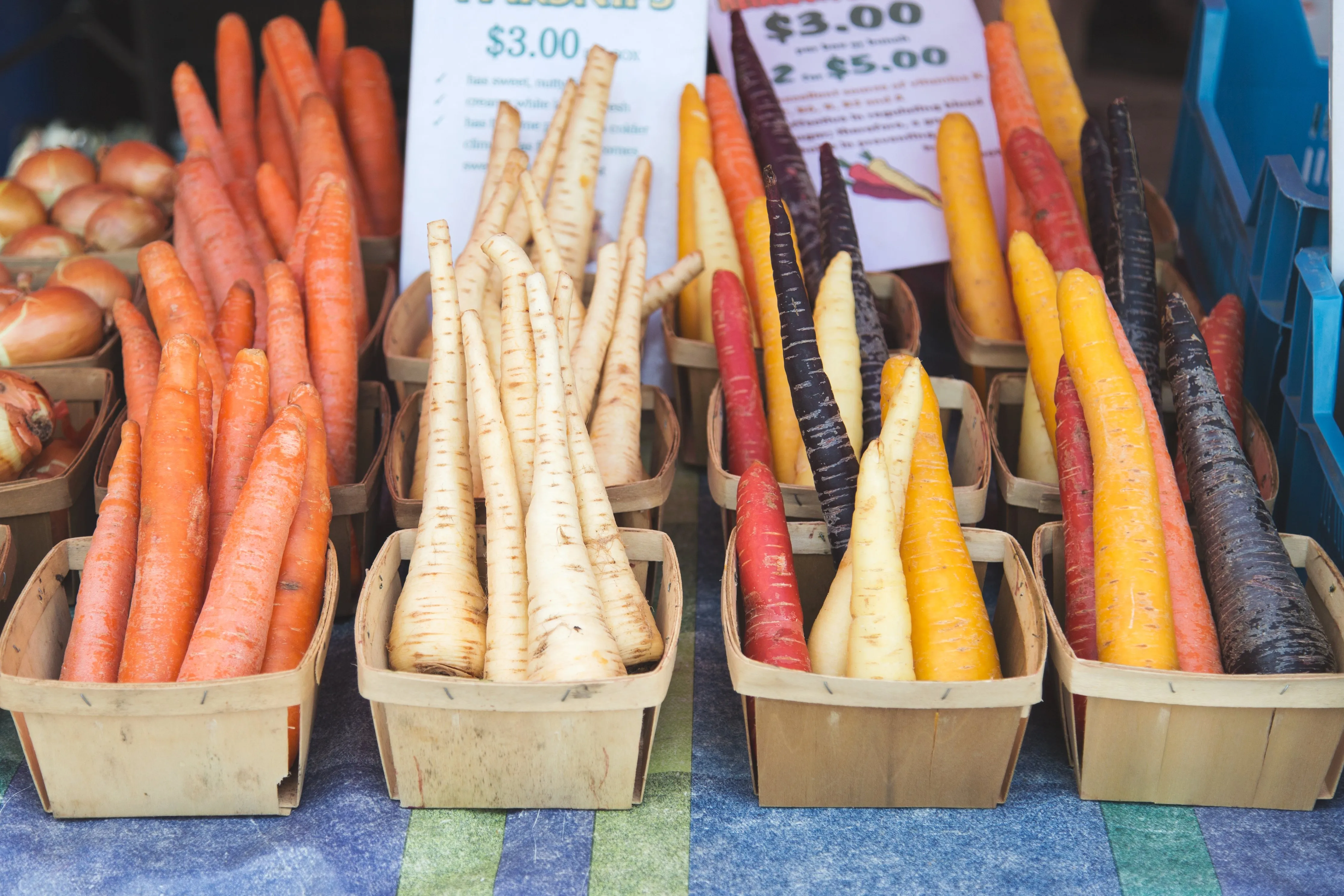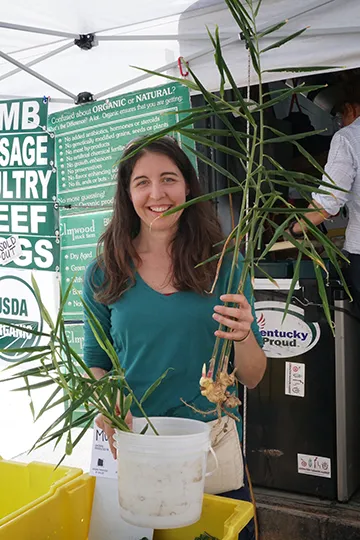Winter Farmers Market Success
Winter doesn't need to mean the end of farm income. There are plenty of towns with winter farmers
markets—and if yours doesn't have one, it might be time to start one.
You may know the farmers-market drill by now, and a farmers market in the off-season isn't much
different. There are extra perks to vending at a winter farmers market, like camaraderie among
vendors, time spent getting to know your customers without the bustle of the busy season, and a good
reason to get off the farm and come into town when the weather is dreary. On the other hand,
attracting and retaining customers when their thoughts turn from the lure of local tomatoes to the
stress of holiday shopping becomes more of a challenge.

With these upsides and downsides in mind, here are five quick tips for finding success at your
winter farmers market this year:
1. Communicate with your customers
Even in “foodie towns” with vibrant farmers markets, you might be surprised at the number of
residents who have no idea that a market would go year-round. It's up to you to let your customers
know there is, in fact, a year-round market and that you are a part of it.
Weekly or bi-weekly email blasts or e-newsletters, daily or several-times-a-week Facebook and
Instagram posts, and a regular stream of Pinterest-board pinning will keep your farm and its
offerings front of mind for your customers year-round. Let customers know what's happening on the
farm, what you're bringing to the farmers market this week, and who they'll meet at the farmers
market. Remind them regularly of the hours and location of your farmers market. Consider offering a
special now and then for email subscribers. (Did you know Tend can help you with your email
communications and farm blog?)
In a world of e-communication, tangible marketing materials still go a long way. You don't need
something fancy: a postcard or half-page paper flyer is convenient for customers to hang on
their refrigerators and be reminded of the winter farmers market's hours and location and—most
importantly—that you'll be there selling the products they love. Even posting the flyer in 10-20
coffee shop message boards will pay dividends.
2. Offer something fresh
Creative crop production and targeted sales of storage crops can keep a farm afloat through the
winter-farmers market season.
As the weather changes, consider moving the bulk of your planting indoors with cold-hardy crops.
High-tunnel and greenhouse vegetable options might include kales, collard greens, Swiss chard and
salad mixes. And people love the baby greens, in particular! You can sell these at seemingly any
price as customers come looking for fresh, local food in the depths of winter.
Plan ahead to have storage crops—winter squash, potatoes, sweet potatoes, beets, turnips and
radishes, for example—next year to put back for sale through the winter months. To accompany
these winter vegetables, offer your customers tried-and-true recipes. There are only so many
times someone can purchase a butternut squash for soup, but turn on that customer to butternut
squash polenta, lasagna, risotto and bread, and they may come back for a squash each week.

3. Partner with other food producers
Connect with other farmers and food producers to offer more to your customers. Value-added
products, other produce or meats, and farm-produced craft items are all considerations to fill
out your market table when your own farm products may be waning. Every farmers market has its
rules on vendors selling other producers' goods, so check your market's guidelines before making
a commitment.
4. Be a consistent vendor
As customers get to know your year-round farmers market presence, it's essential to actually show
up at the farmers market year-round. You are counting on them for your income, and they are counting
on your for their food. Be safe in severe weather, obviously, but unnecessary missed market
attendance will cause customers to lose faith in you. Spotty vendor attendance looks bad on the
farmers market as a whole, too.
If you must miss a farmers market, communicate with your customers (refer back to tip No. 1) that
you're skipping a week, and let them know how else they can find your products. If you know up front
that you can't attend every winter market date or that you plan to take off a month in the coldest
part of winter, communicate your plans ahead of time so no one has to go away disappointed.
5. Make the market comfortable
This last tip is for you as much as it is for your customers. You probably don't have to be told
that outdoor winter farmers markets can be frigid. Even indoor markets are not always the most
comfortable. Do what you can to make your setup more pleasant for you and your customers.
Put up the sides to your tent to block the wind. Better yet, get a space heater or two to run
inside your tent. These won't make the tent climate balmy, by any means, but they will take the
edge off of the cold. They may save your greens from freezing, too.
Offer a free hot drink for customers. Tea with herbs grown and dried by you or a fellow farmer
means so much in the way of nourishment and gratitude. (Sell these tea blends!) Hot chocolate is
always a good option, too or hot cider.
Working as a year-round farmers market means you miss out on a full winter's rest, but a bit of
winter income may be a tempting substitute. The relaxed winter-market atmosphere is still a break
from the busyness of the main season, and you can recharge while getting to know fellow vendors and
strengthening your relationship with regular customers.
If you liked this article, and want to see more like it, enter your email in the subscribe box to the top-right of this page and we'll send you new blog articles as we publish them.

Freelance writer Lisa Munniksma grows herbs, manages a small organic-foods specialty
store, and writes about food and agriculture. She has traveled and worked on farms all
over the world, but her favorite farms and farmers markets are in Kentucky.
Photo Credit: Karen Lanier